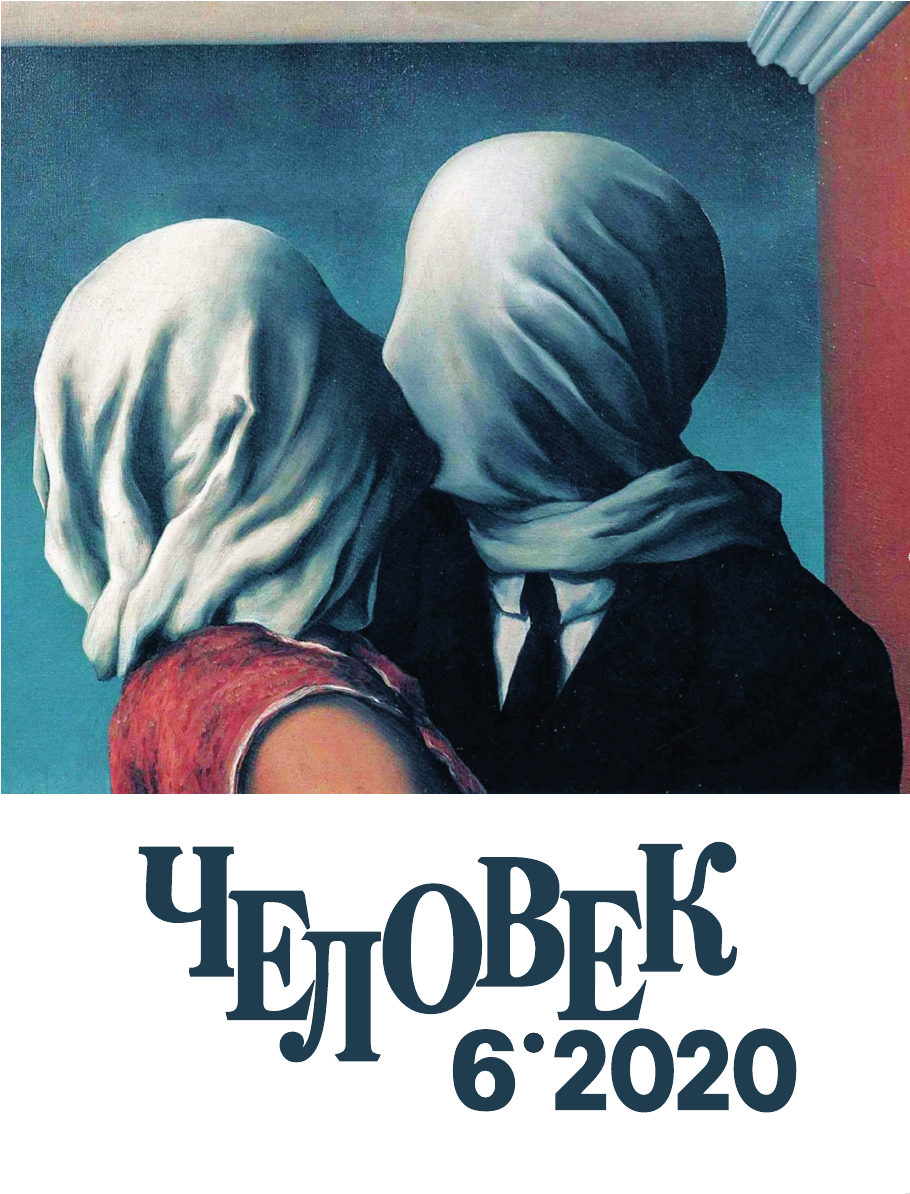“Dangerous Culture” and Dangerous Infections: Chinese Epidemics Рerceived by Western Medical Community
Keywords:
China, West, medical perception, culture, infection, danger, epidemics, plague, fluAbstract
The article deals with the image of the so-called “dangerous culture” that has developed in the sphere of Western public consciousness in relation to China after the establishment of control over it by the Western powers in the XIX century. The process of development of medical knowledge in the West, especially bacteriology and virology, has strengthened the views of Western observers about China as a country rich in dangerous infections that threaten developed countries. Despite the fact that during the history of the twentieth century a number of dramatic changes took place in the development of China, the efforts of Western medical researchers, up to the very last time China continues to be a source of not only administrative and political but also medical problems. Whereas in 1894 the British and other Western observers considered plague to be the main of these problems, since 1957 influenza and other viral infections have become them. China's successful economic development over the past few decades has continued to excite Western public consciousness, but it is clear that the ongoing COVID-19 pandemic and its associated global crisis may soon change the established world order, and China, which has successfully coped with this pandemic, will take a leading place in the world.






